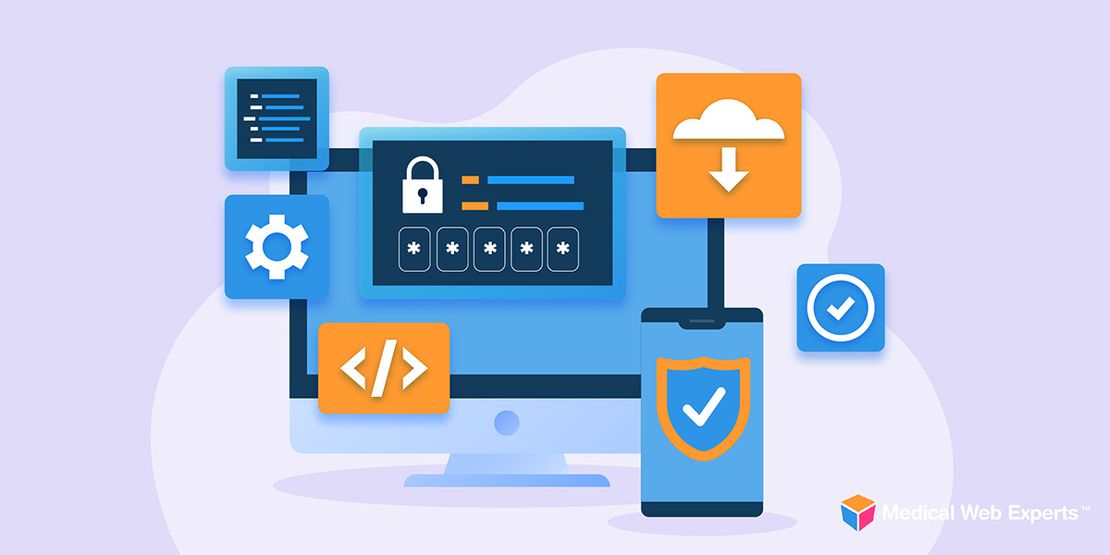End-of-life care documentation protects a patient’s right to decide the best course of treatment in the event of a life-threatening condition where the patient is unable to verbally communicate his or her wishes. It ensures that one’s personal health care decisions can be known to family members and respected by providers. Considering how little time providers can afford to lose when dealing with life-threatening situations, the efficiency with which they are able to retrieve documentation is critical to preserving this right.<!--more--><br /> The conversation about how the medium of documentation – either paper or digital – affects the quality of end-of-life care is a high-stakes dialogue worth prioritizing, especially in consideration of the amount of aging baby boomers and the universal, often polarizing significance of this particular subject.</p> <h2>The Value of Accessibility And Efficiency</h2> <p>Software Advice, a <a href="http://www.softwareadvice.com/medical/electronic-medical-record-software-comparison/" target="_blank" rel="noopener">resource</a> for medical software reviews and research, <a href="http://www.softwareadvice.com/long-term-care/industryview/ehr-end-of-life-report-2015/" target="_blank" rel="noopener">recently surveyed</a> a group of 1,169 patients or patients’ relatives, in addition to a group of 47 health care providers about end-of-life care documentation.<br /> Of those surveyed, 69 percent of patients cited caregiver accessibility to end-of-life medical treatment plans as “extremely” or “very important.” It’s worrisome, then, that Software Advice found that only 16 percent of providers are “extremely confident” in their ability to quickly call up their patients’ end-of-life care plans, while 22 percent are “not at all confident,” and the rest are somewhere in between. Most important to note is that the majority of providers currently document end-of-life preferences on paper.</p> <h2>Paper vs. EHR Documentation</h2> <p>[related_content]Software Advice’s research reveals a major breach of understanding between providers and patients concerning how analog documentation affects accessibility. Sixty-five percent of professional caregivers surveyed said that storing end-of-life instructions in an EHR system is more efficient than paper-based records. A study published in the Journal of Palliative Medicine confirmed that EHR-based reminders are <a href="http://www.ncbi.nlm.nih.gov/pubmed/24988497" target="_blank" rel="noopener">effective in improving documentation rates</a> of advance directives. Why, then, do less than 15 percent of patients prefer using EHRs for end-of-life care documentation?<br /> One possible explanation is that that patients are simply more comfortable using pen and paper because they are unfamiliar with EHR systems. Doctors, however, know from personal experience that paper reports can easily be misplaced or become inaccessible from different locations. Therefore, they should encourage digital documentation which is accessible at any time, in any place, and at a moment’s notice. <a href="https://www.medicalwebexperts.com/blog/health-it/emr-interface/" target="_blank" rel="noopener">EHR documentation is standardized, searchable and protected by layers of security</a>, none of which is available with paper records. All of this implies that analog reports may be more likely to result in a situation in which a provider or family member must make critical decisions for patients.</p> <h2>Educating Patients and Improving EHRs</h2> <p>The discrepancy between the accessibility that patients seek and their understanding of the benefits of EHR documentation, as well as the fact that some EHRs are not yet equipped to document end-of-life decisions, is problematic for the future of digital documentation. According to Software Advice Market Researcher Gaby Loria, these issues can be addressed in two ways to improve end-of-life care: firstly, by “educating patients on the pros and cons of EHRs versus paper records” and secondly, by “investing in a cloud-based EHR system with a dedicated, easily navigable location for advance directives and/or POLST forms.”</p>

Posted on October 06, 2021 by Pablo Bullian
Medical Web Experts Security Bulletin: October 2021
Walgreens’ Poor Security Measures Exposed Patient Data and Covid-19 Test Results Patients who got a Covid-19 test at Walgreens, possibly as far back as July 2020, were vulnerable to data…Read more

